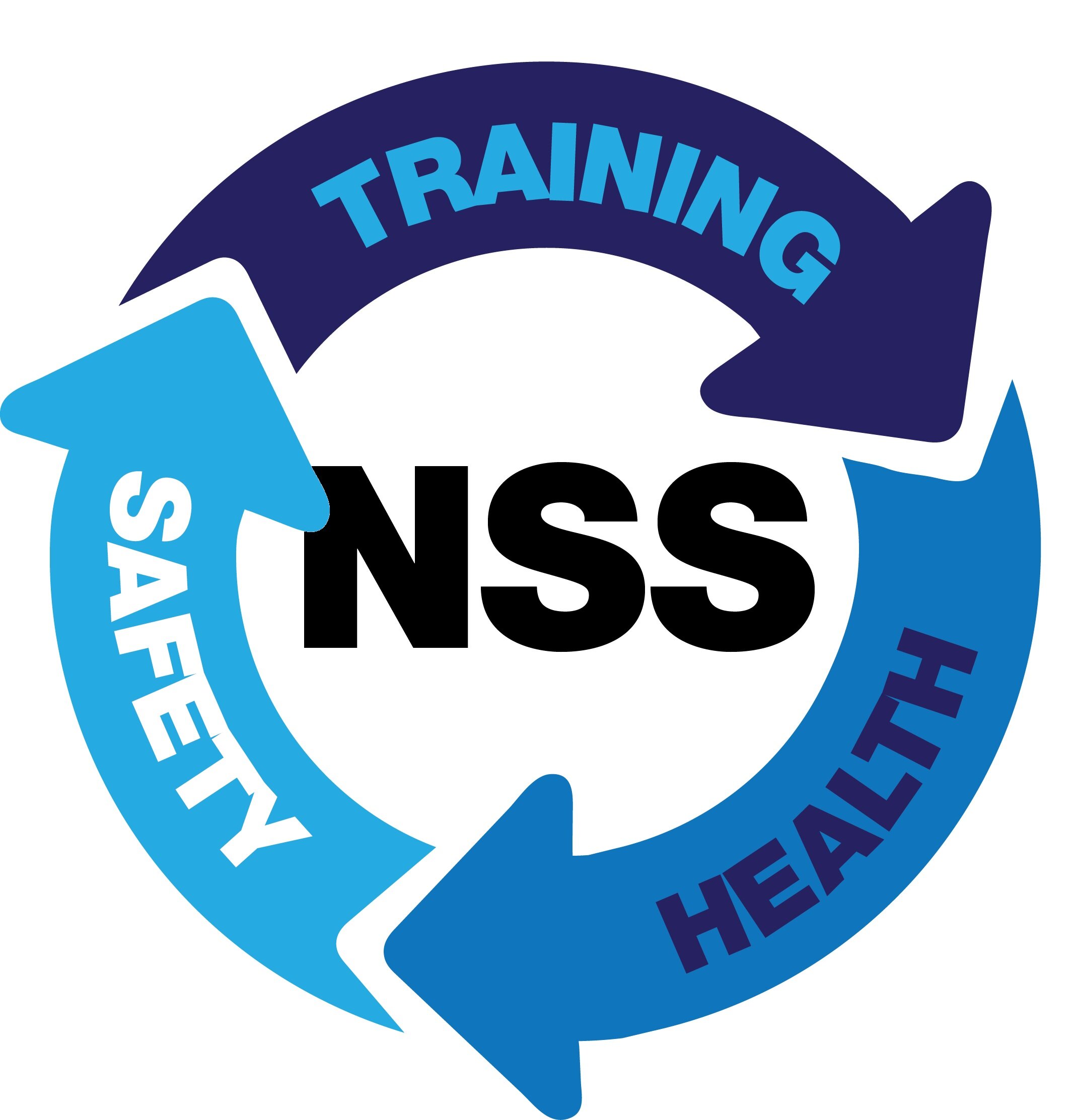New Updates to all First Aid Related Units of Competency
The Australian Skills Quality Authority (ASQA) has issues two important updates for all registered training organisations (RTOs) delivering HLTAID003 Provide First Aid or other first aid–related units. This information is important for all RTOs along with any students wanting to study in the relevant courses.
Information below is provided by ASQA.
1. RTOs delivering HLTAID003 Provide First Aid or other first aid–related units: review your heat stroke advice
If your RTO is delivering or planning to deliver HLTAID003 Provide First Aid or other first aid–related units, you should review the content of your training on providing first aid for hyperthermia.
HLTAID003 Provide First Aid requires RTOs to assess learners’ knowledge of the ‘principles and procedures for first aid management of … [scenarios including] … environmental impact, including hypothermia, hyperthermia, dehydration and heat stroke’.
A recent Coroner’s decision in Western Australia included a recommendation that training provided to sports trainers and other first responders should be altered to incorporate recent approaches to treating heat-related illness, as outlined below in 'Heat stroke advice for sports trainers and coaches’.
HLTAID003 Provide First Aid is being reviewed in 2019-20. While this revision is underway, ASQA recommends that:
you immediately review the guidance in ‘Heat stroke advice for sports trainers and coaches’ (see below)
you ensure that training your RTO provides on heat stroke aligns with this advice.
2. Reminder learners undertaking HLTAID003 Provide First Aid and other first aid-related units must demonstrate CPR on a manikin on the floor
RTOs have sought clarification from ASQA about the requirement in this unit that learners demonstrate performing single rescuer cardiopulmonary resuscitation (CPR) ‘on an adult resuscitation manikin placed on the floor’.
This requirement must be met in full and it is not appropriate for the manikin to be placed on a table or similar.
The First Aid Guide Companion Volume to the HLT Training Package (page 12) states:
‘It is important to note that the HLTAID competency standards do require a level of physical ability to meet the evidence requirements for assessment. These standards relate to the level of performance required to provide resuscitation and respond to an emergency situation where there may be risk to life.
Due to the potential risk to health and safety where a nominated first aider, or worker with duty of care, does not have the ability to perform resuscitation and/or first aid to the performance standard it is not appropriate to issue a statement of attainment to students who are physically unable to meet the assessment requirements.’
_____________________________________________________________
Heat stroke advice for sports trainers and coaches
(From guidance provided by Professor Ian Rogers to the Coroner of Western Australia)
Background
Heat stroke is an uncommon but life threatening complication of grossly elevated body temperature with exercise in heat stressed settings. Whilst heat stroke risk can be minimised by the use of predictive tools (e.g. Sports Medicine Australia’s UV Illness and Heat Guide), the risk cannot be fully eliminated.
Risk is highest with: high temperatures and/or high humidity and/or vigorous activity.
Symptoms and signs
In a heat stressed setting always suspect heat stroke if an athlete becomes acutely unwell or collapses, especially if they don’t recover promptly on lying flat with the legs elevated. Whilst there are many possible causes of such an acute illness or collapse, heat stroke is one of the most important.
The first signs of heat stroke show in the function of the brain and the nervous system.
Look for any of: confusion, incoherent speech, abnormal walking, coma or seizures.
The athlete’s skin may feel dry and hot, or sweaty—so the feel of the skin is not a useful sign. Similarly, on-field temperature measurement is unreliable, so don’t use this to rule in or rule out heat stroke.
First aid
If an ill athlete in a heat-stressed setting hasn’t rapidly responded to lying flat in the shade, there is no downside to assuming heat stroke is the problem and starting first aid.
Early recognition and rapid first aid cooling are the keys to recovery from heat stroke.
Actions to take in this order are:
STRIP the athlete of as much clothing as possible
SOAK with any available water
FAN vigorously by whatever means possible—improvise e.g. use a clipboard, bin lid.
When available, cool or ice water immersion is the most effective cooling means possible:
IMMERSE the athlete up to the neck in a cool or ice bath OR
COVER all of the body with ice water soaked towels that are changed frequently as an alternative if a bath isn’t available but ice is
CALL 000 to summon emergency services, but do so once you are certain first aid cooling is being implemented.
Remember it is early recognition and first aid in heat stroke that is critical to save a life.
If you need any more information about the updates/changes, please contact Shane at National Safety Services by calling (02) 4960 9086
Visit our website www.NationalSafetyServices.com.au for our wide range of nationally accredited training courses.

